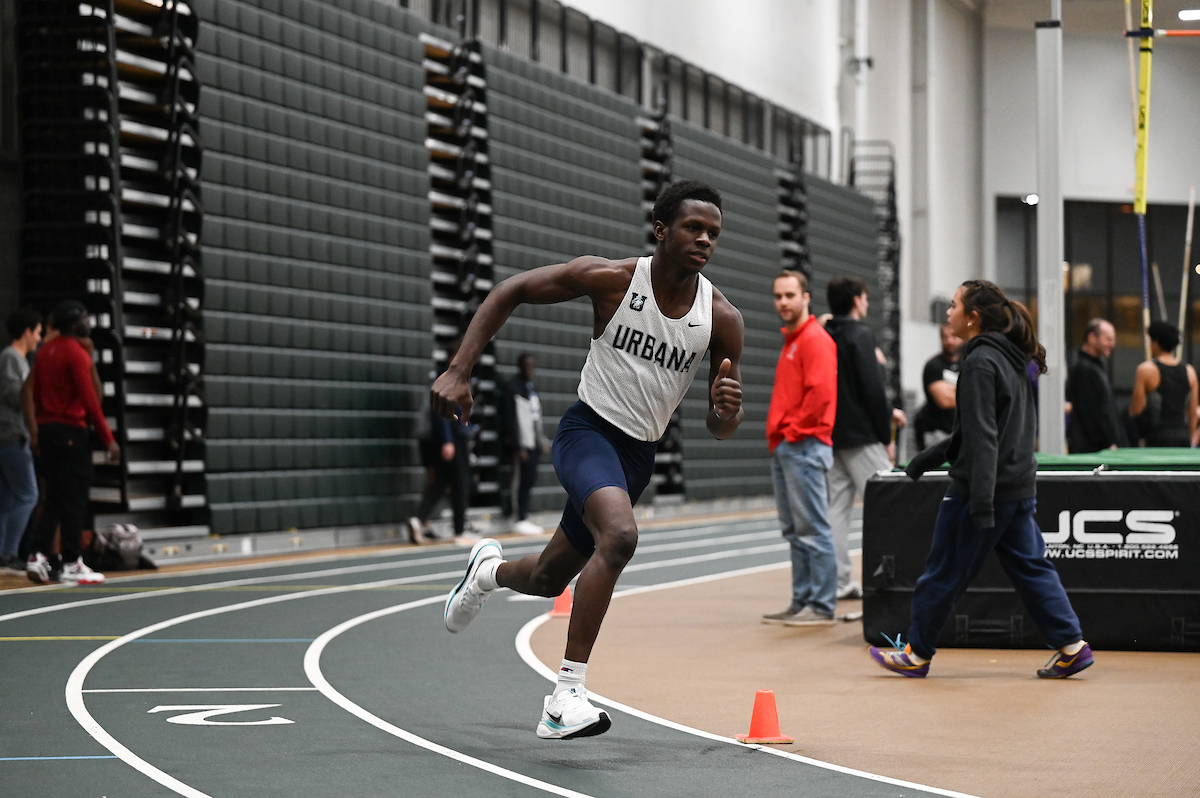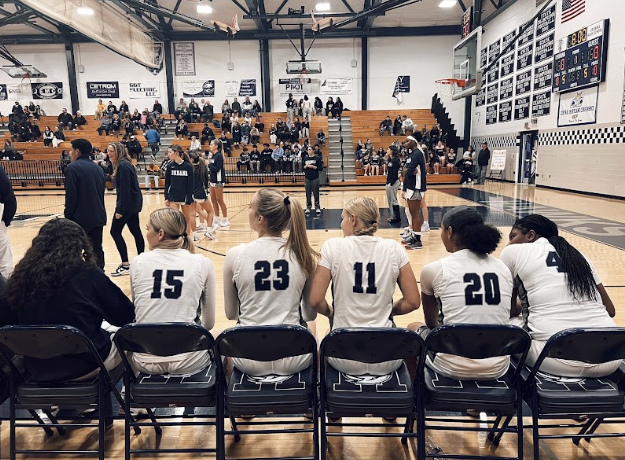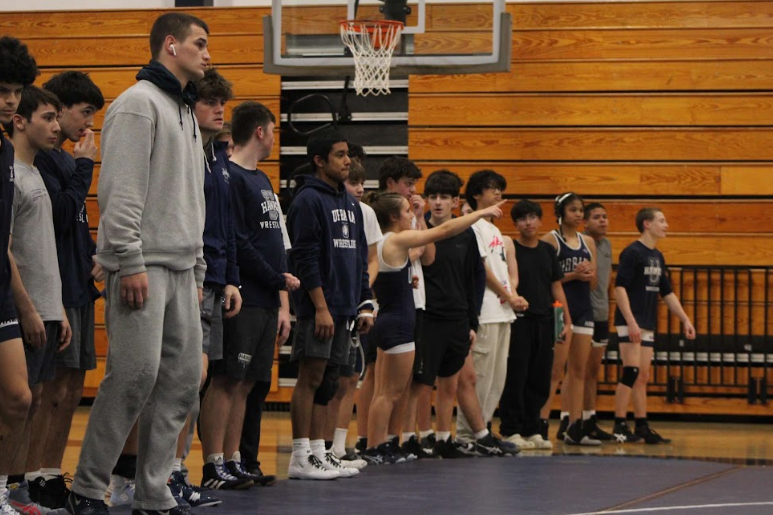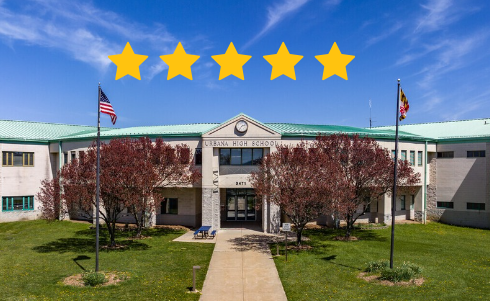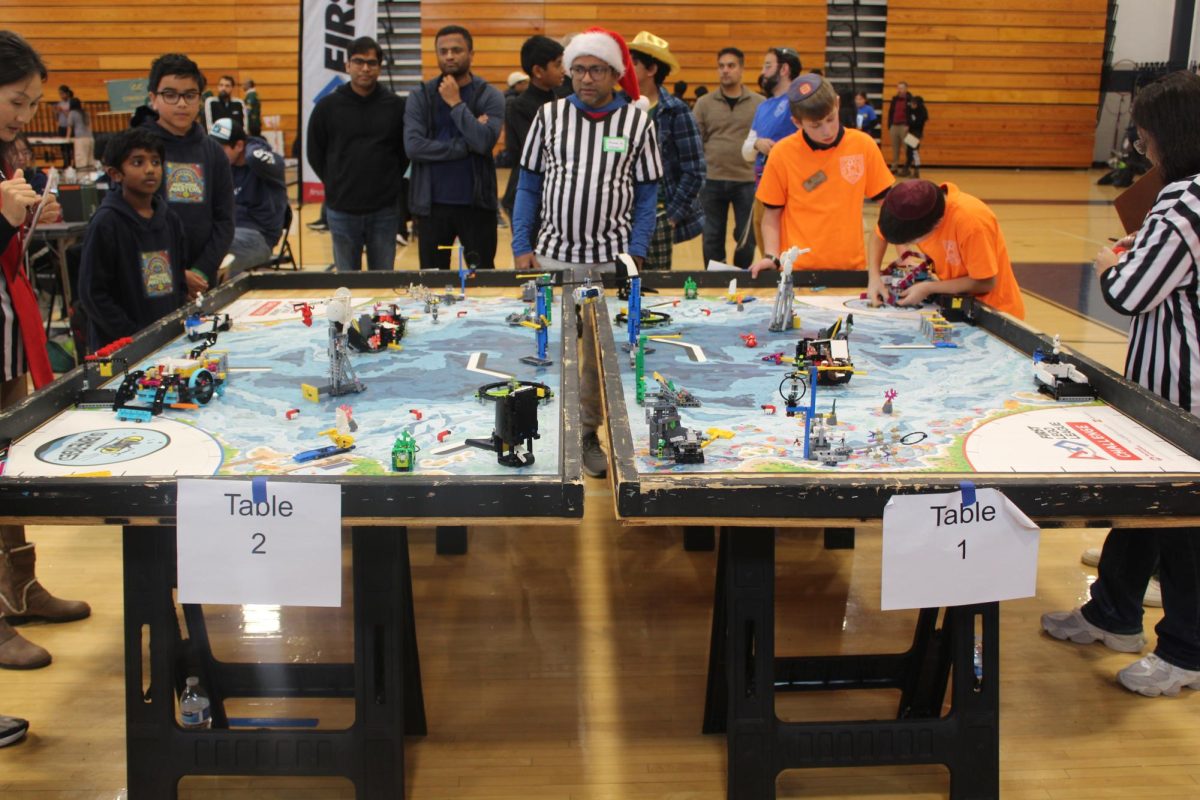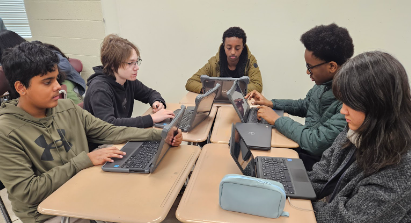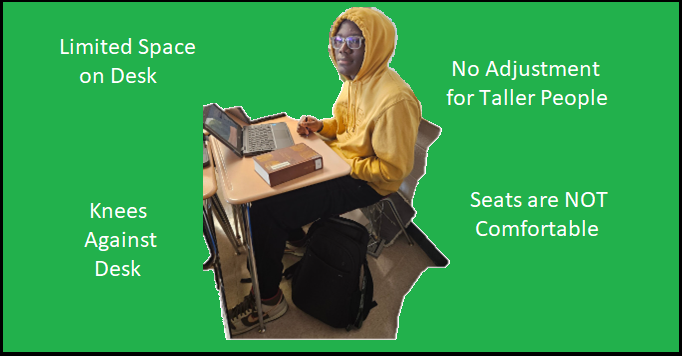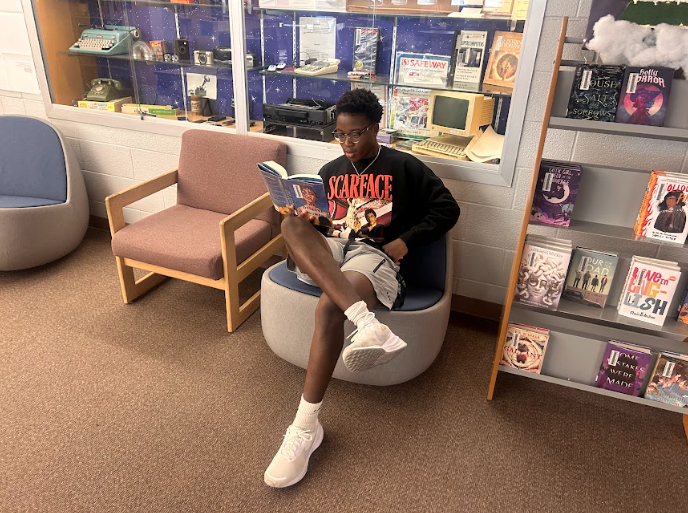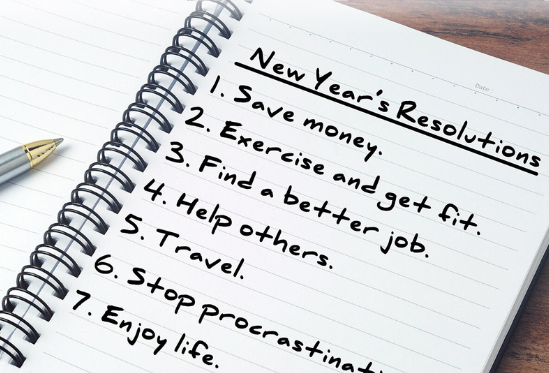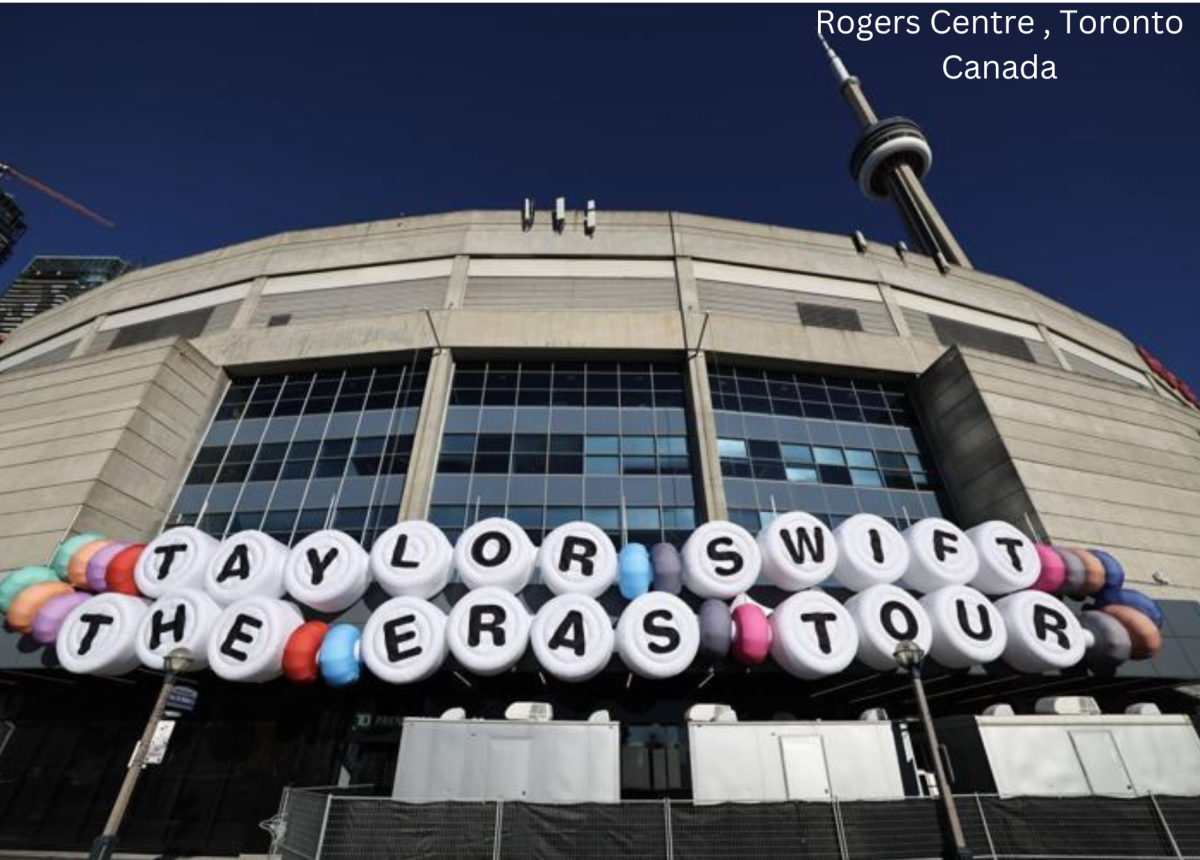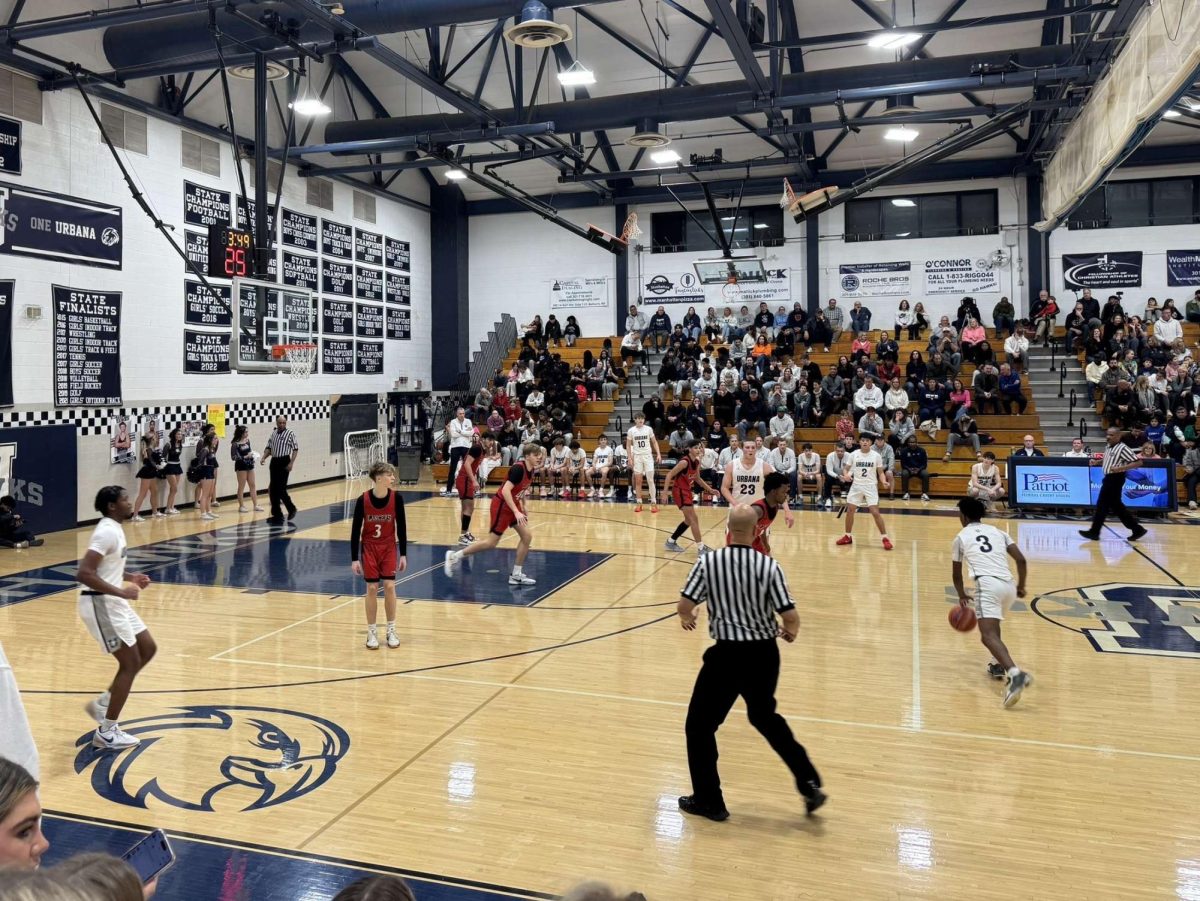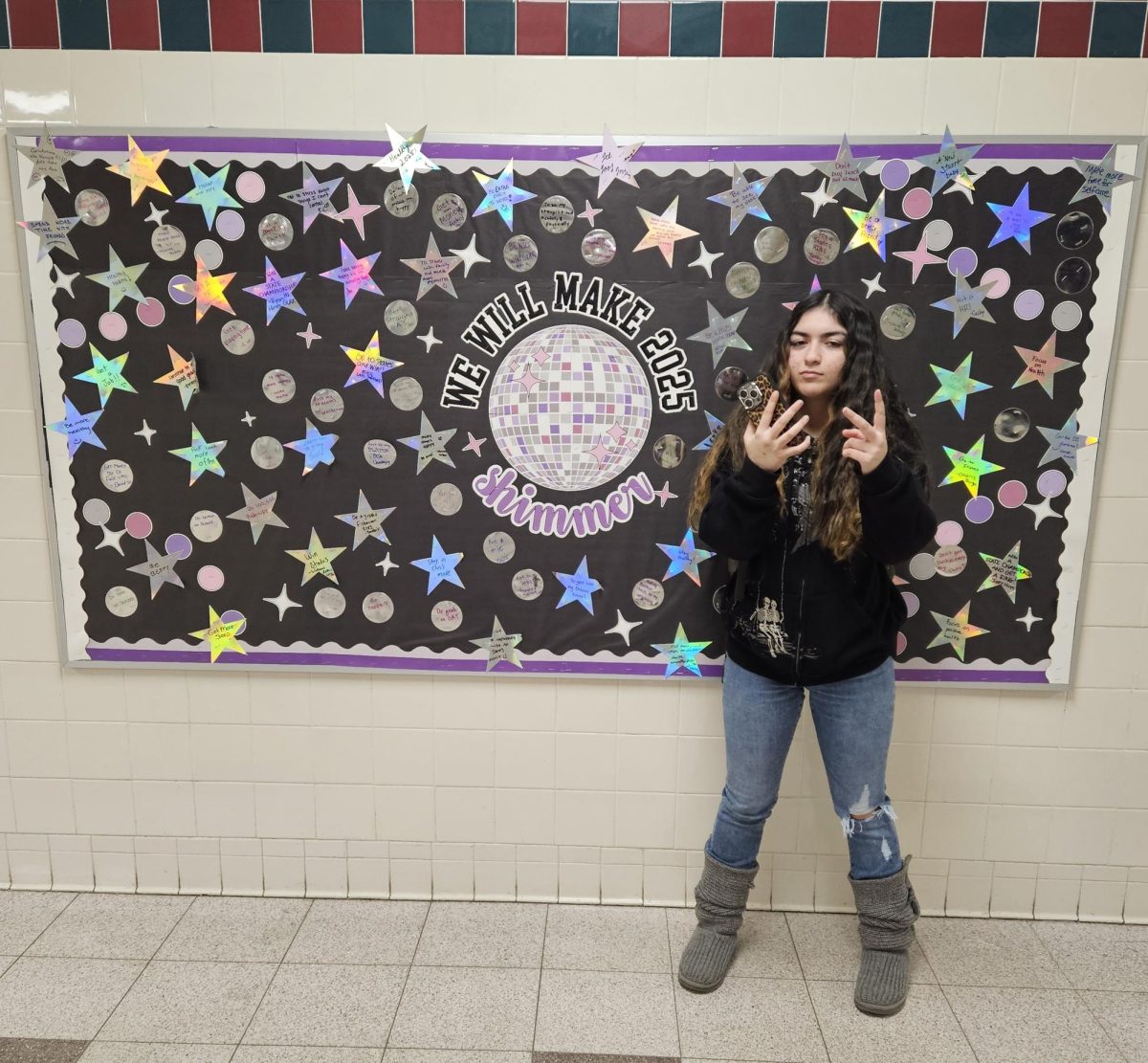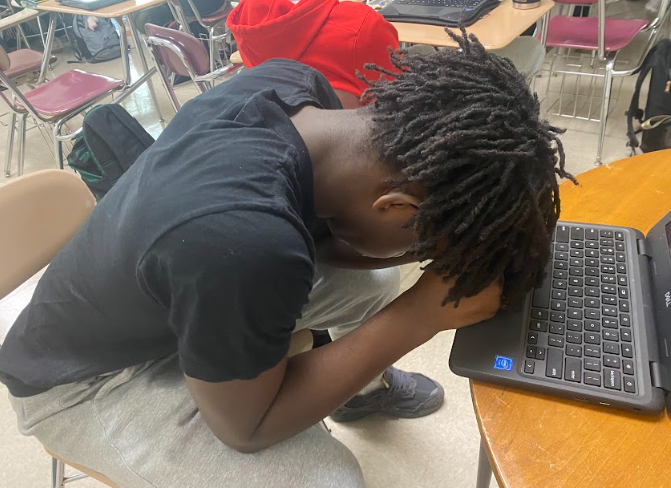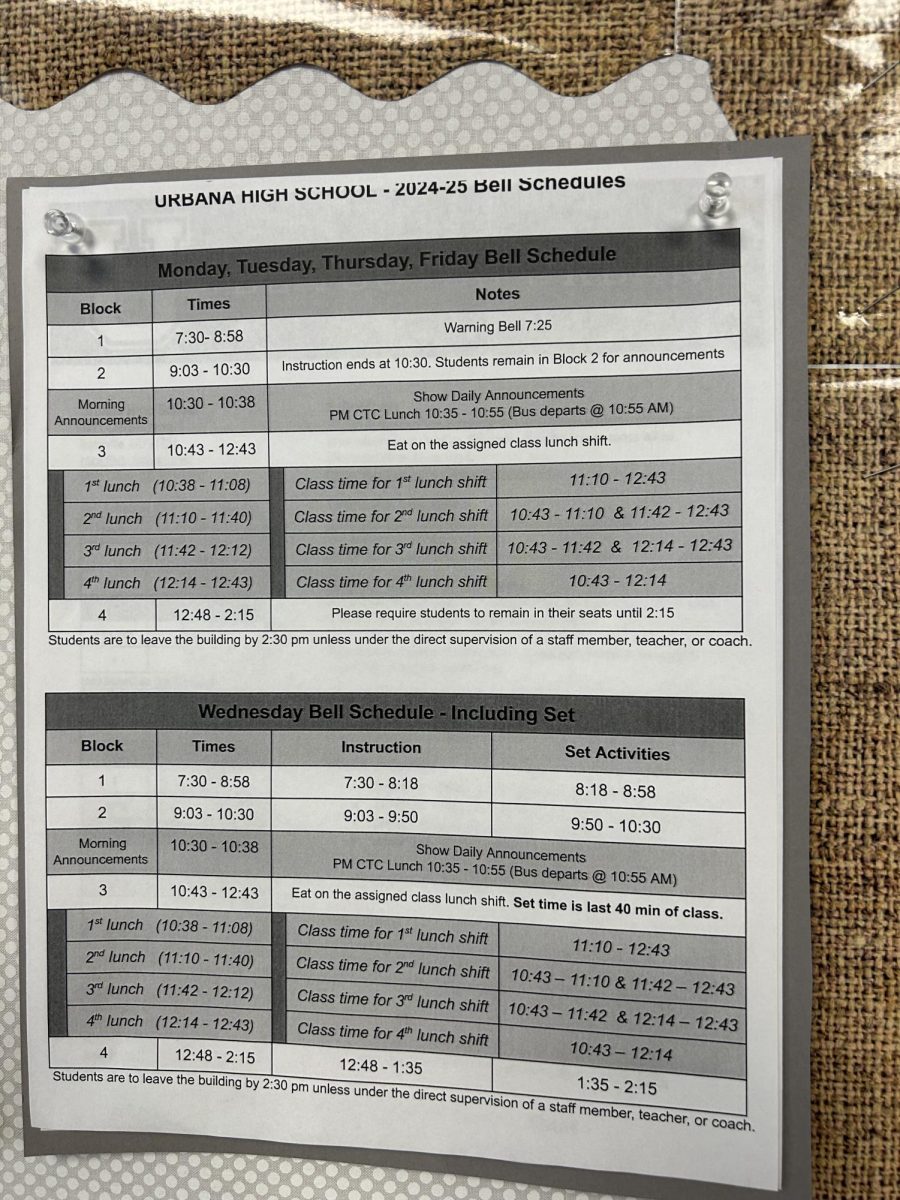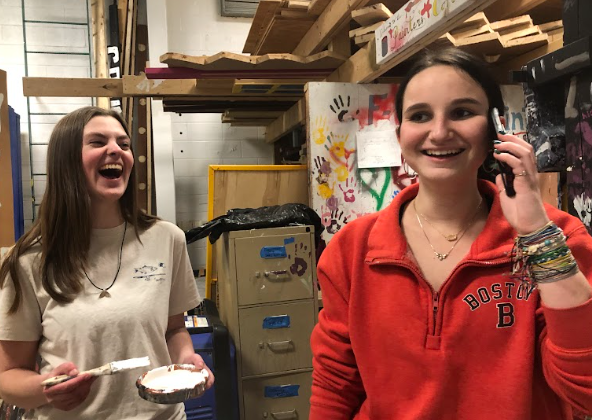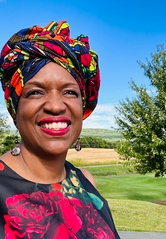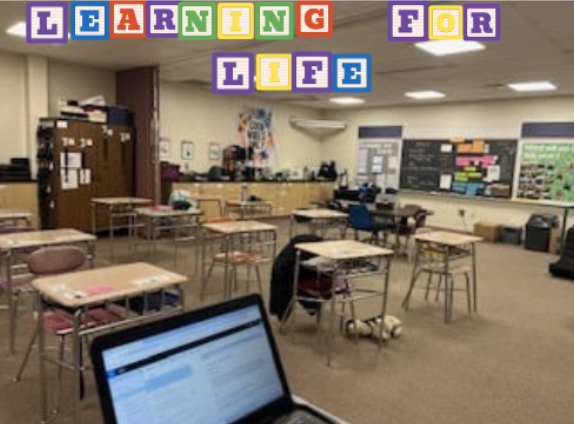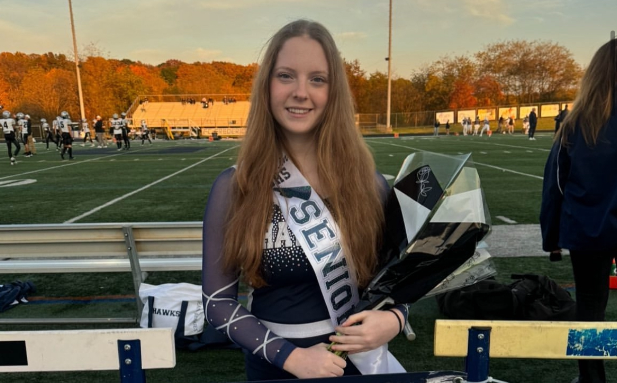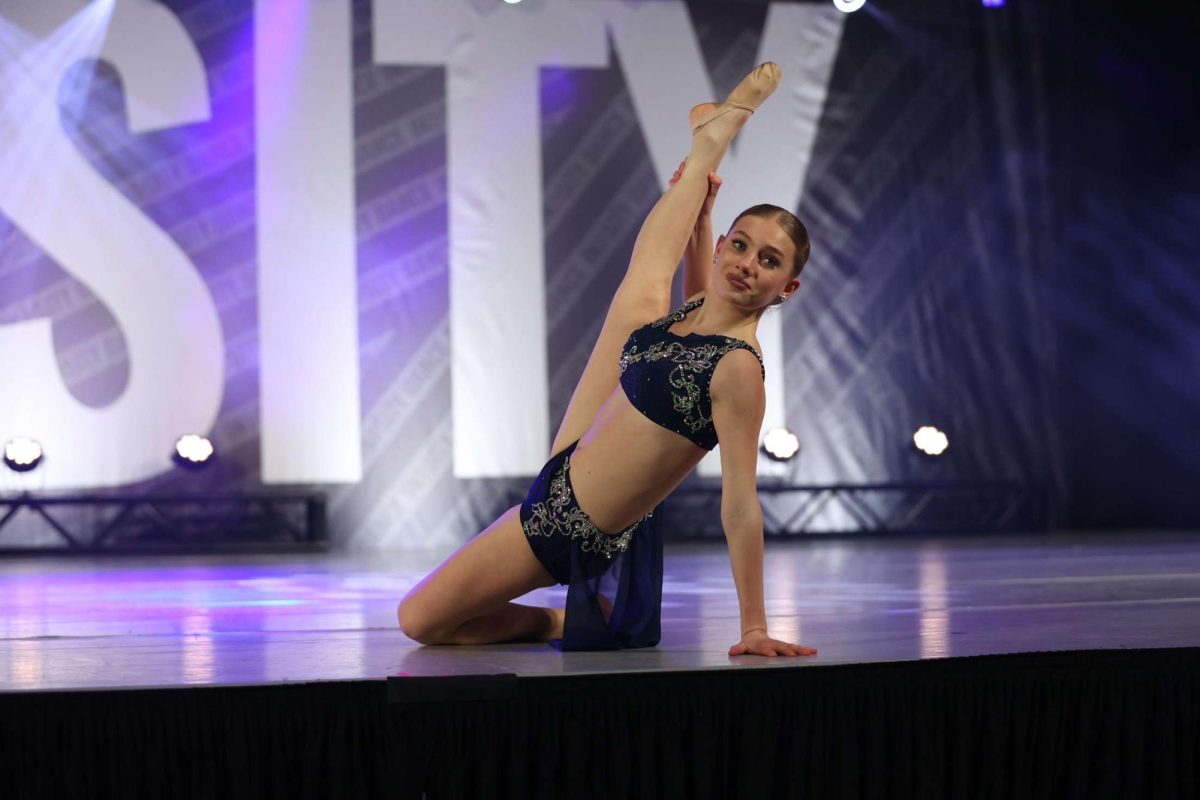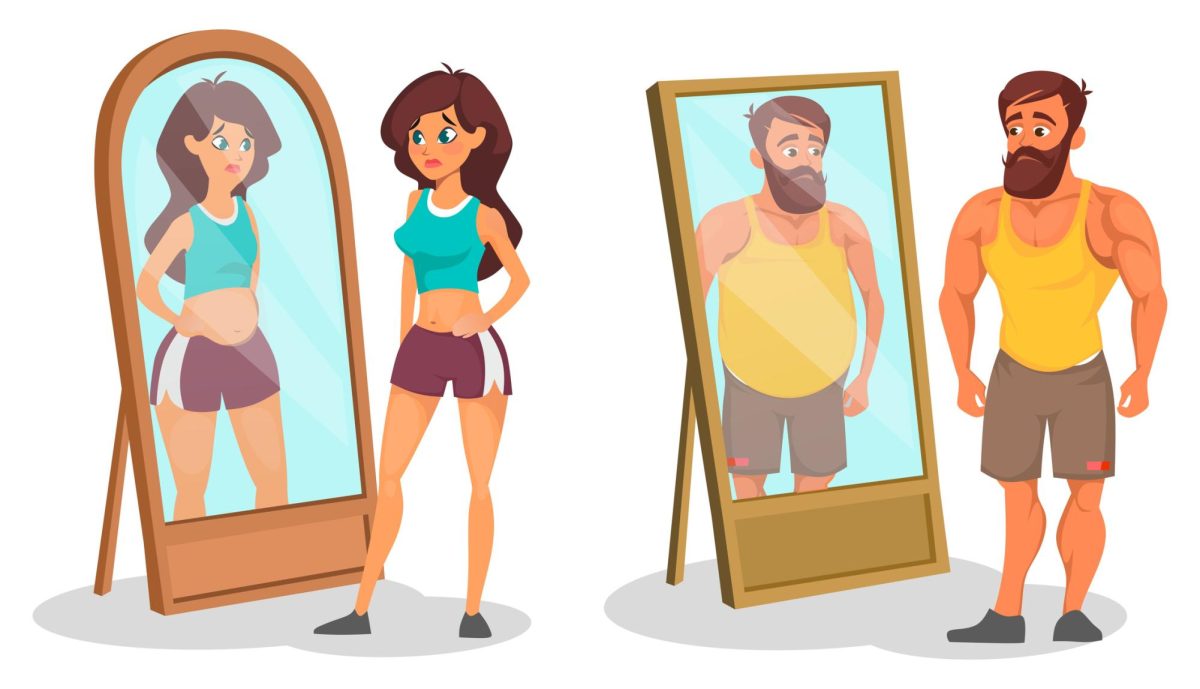In today’s society teens are constantly exposed to images and perceptions of what people are supposed to look like through social media, film, and even just advertisements. These beauty standards often feel unattainable and put a lot of pressure on people especially in high school when teens are still figuring out who they are.
Unrealistic beauty standards have always been around, throughout the 1900’s women were expected to have unrealistically small waists, small feet, and be very petite. Now, in modern society while those standards have changed over the years people still want to achieve this “ideal” look.
These flawless standards that influencers put out there are often heavily edited and filtered to make them look like that. Yet, no one in real life looks like that which makes young people feel bad about themselves.
Even though teens are aware that a lot of these images they see are unrealistic, it still makes them feel insecure to some extent. In high school, teens are just starting to figure out who they really are. It becomes overwhelming for teens to deal with. (this feels repetitive, especially with the previous paragraph… and the next paragraph)
In the past decade or so, social media influence has taken on a world of its own where for the most part teens have at least one form of social media. The various apps such as Instagram, Tik Tok, and Snapchat portray people’s lives as perfect and 100% put together when that just isn’t realistic.
A new report by the Dove Self-Esteem Project surveying more than 1,000 girls aged 10-17 revealed that 1 in 2 girls say toxic beauty advice on social media causes their low self-esteem. While 90% of girls say they follow at least one social media account that makes them feel less beautiful.
This study shows that even girls as young as elementary school are becoming more and more unhappy with how they look based on what they see everyday online.
This takes a huge mental toll on teens and even kids. As teens go through high school from freshman to senior year, they become more sure of themselves and their places in their group. Still, younger and older teens alike feel this pressure.
Rileigh Cross (Class of 2025) when talking about the pressure that UHS students face has said, “I can see this just by overhearing conversations in class and in the hallway and people comparing themselves to others or putting them down”
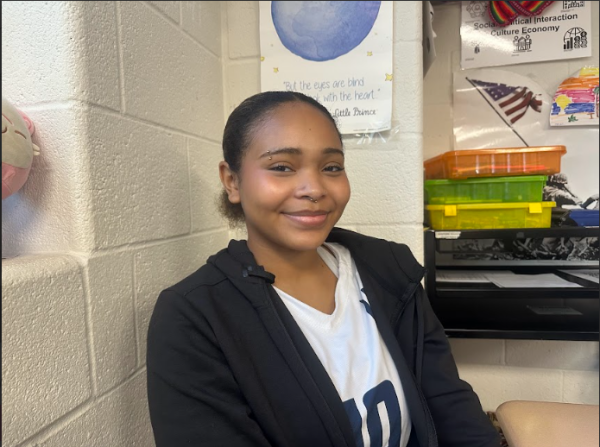
This shows that even just while going through a normal school day there are several conversations flowing everywhere about appearance and comparisons.
A study by the Now Foundation reports that at age thirteen, 53% of American girls are “unhappy with their bodies.” This grows to 78% by the time girls reach seventeen. These statistics show that the pressure these standards can put on teenagers can become quite dangerous.
High schoolers are just beginning to discover themselves and their place in the world, adding this extra pressure can take a huge mental toll on them and start to cause some really bad habits such as body dysmorphia, anxiety/depression, and eating disorders.
Body dysmorphia is a mental illness where a person becomes obsessed with how their body looks, while the flaw might be small or even imagined they will spend hours trying to fix it and feeling horrible about themselves. For many teenagers seeing these images of celebrities and influencers can lead to unhealthy habits.
Another dangerous issue that can arise as a result of this pressure is eating disorders. Seeing these images constantly can influence teenagers to habits such as restrictive dieting, excessive exercise, or even disorders like anorexia or bulimia.
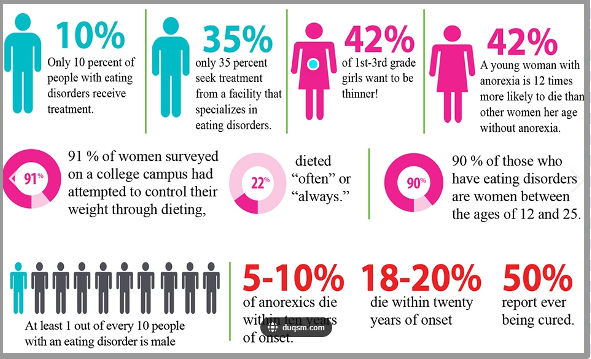
UHS counselor, Mr. Marcus Sowell talked about how these standards can lead to unhealthy behaviors by saying “when you are constantly comparing yourself to everyone else and everything you see online it really takes a toll and that’s when we start to see unhealthy eating habits and body dysmorphia.”
Another huge mental problem these standards can cause for teens is anxiety and depression. Teens are still figuring out who they are and their place in the world. Being constantly fed all these unrealistic expectations and pressure to be perfect can really weigh on them. Many teens feel if they don’t meet these standards that they are unworthy and won’t be accepted.
Another study by King University showed that the participants’ regular exposure to social media led to body dissatisfaction, harsh self-criticism of their appearance, anxiety, and other concerning behaviors. These social media platforms were directly associated with increased symptoms of body dysmorphia among participants ages 16 to 18.
There are other physical consequences associated with this such as excessive exercising and cosmetic procedures. 45.5% of teens report considering cosmetic surgery. Even minor procedures such as lip filler and botox have made their way down to the younger generation.
Some teens opt for these cosmetic procedures to try and achieve the look they want. While these procedures may be seen as trendy or a quick fix, they can come with risks and may contribute to the reinforcement of an unhealthy obsession with physical appearance.
Excessive exercise is another big issue that doesn’t get as much attention because usually exercise is a healthy outlet to get in shape and become healthier. Yet, when it becomes too often or too much it can become dangerous.
As teenagers, people deal with a lot in high school. Looking presentable and put together might not be someone’s number one priority, but there is so much pressure to do so. It is important to find confidence in yourself.
The younger generation has begun to push back and protest for a more diverse and inclusive representation of what beauty looks like. They talk and post about things using hashtags such as #BodyPositivity, #Unfiltered, and #MyBeautyMyRules. They encourage adults, teenagers, and even kids to be happy with their natural looks and not listen to what the media tells them about beauty standards.
These movements encourage higher self-esteem and confidence. They want to promote that ideal beauty comes from the inside such as traits like kindness, intelligence, and creativity.
Maddy Bray (Class of 2026) says “If you are confident enough in yourself you can convince yourself that the beauty standards don’t matter as much”
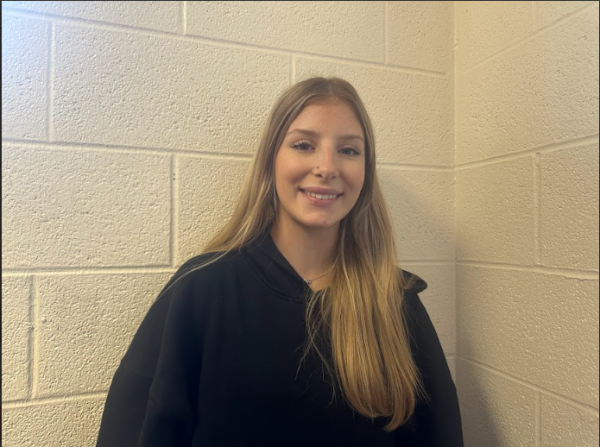
The pressure put on teens is not only unrealistic but harmful. As a society we need to take a look at what beauty really means and looks like and create a culture where being yourself and focusing on what’s inside is more important than chasing after ideals of beauty. (super long sentence)
Adults play a big role in helping high schoolers see a more realistic version of themselves and beauty. They should encourage confidence and self-esteem.
If we make a space where high schoolers can feel good about being themselves and proud of what makes them different, it could help cut down on the mental and physical health problems that come from these unrealistic beauty standards.
This way, the next generation can build confidence from within, instead of feeling like they have to look a certain way to be accepted.

